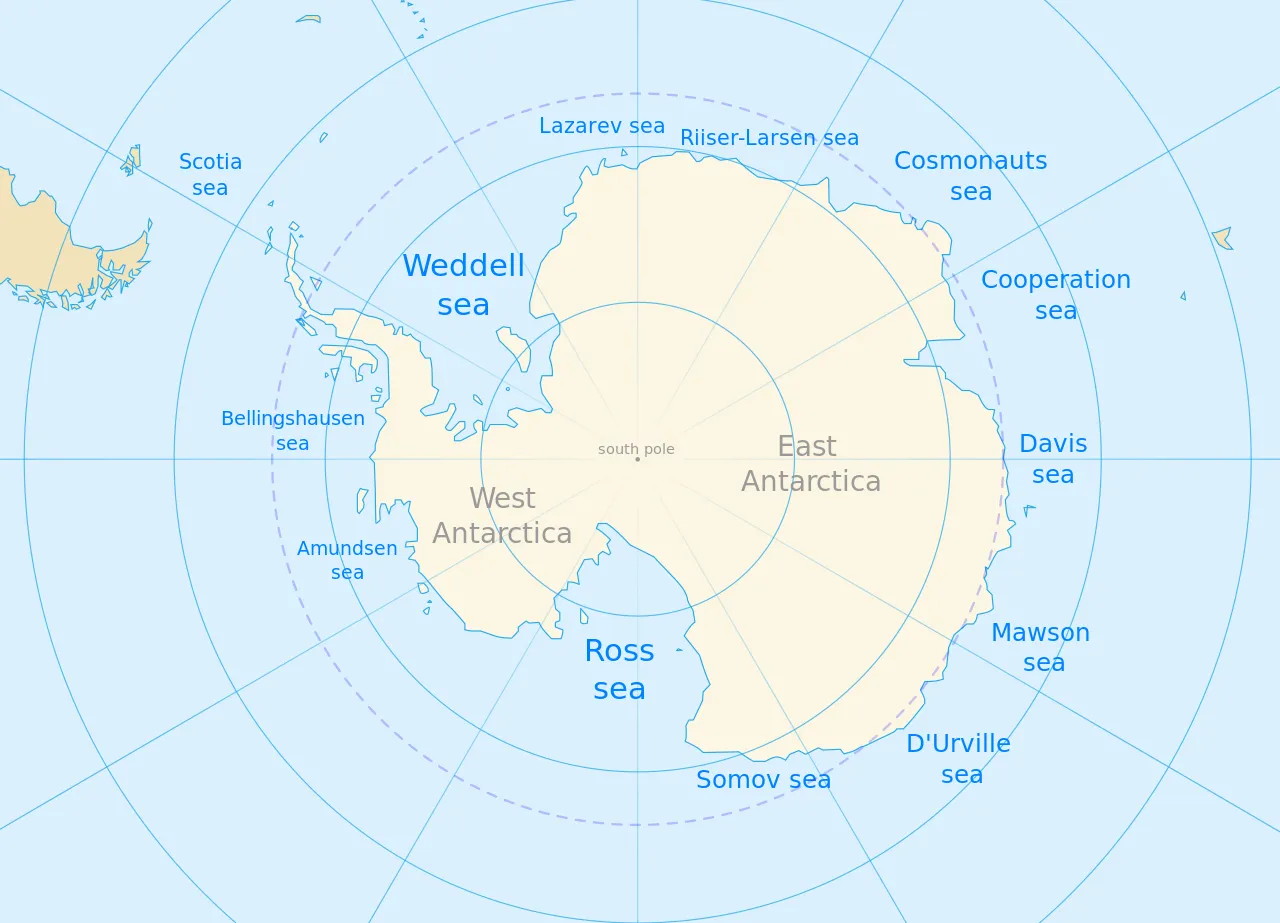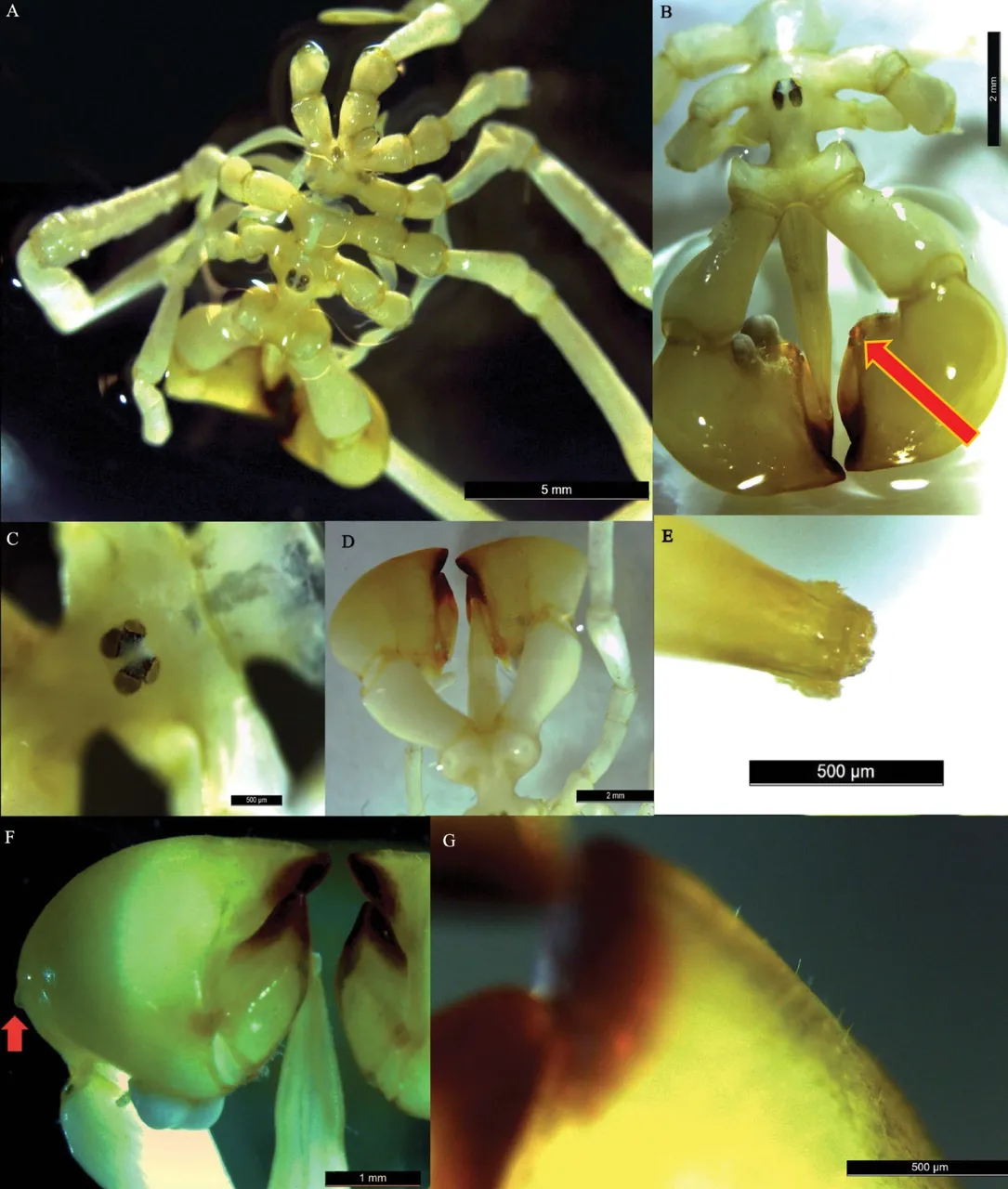
Austropallene halanychi source
And now that I am finally over with the Christmas wish list thingie by @silverd510 I can finally return back to my regular posts 😄
So today we have yet another strange animal, only this time we have a newly discovered species. As you can see in the thumbnail photo, it was scientifically described as Austropallene halanychi and it looks a bit like the facehugger from the Alien franchise 😄
The species was found in Antarctica's Ross Sea, pulled up from over 1,800 feet (550 m) below the surface. Here's a map of the area, in case you have no idea where the Ross sea is:
Here's a photo collage of the critter before learning a bit more about it
So, our facehugger strange spider like friend is actually a pycnogonid
Here we present Austropallene halanychi sp. nov., a new species of pycnogonid within the family Callipallenidae (Pycnogonida) source
This is a group of animals that are commonly known as...sea spiders :) Because they look spiders...that live in the sea. Duh.
Needless to say, they are not true spiders but they are distantly related.
Anyways.
The specimen that was used to describe the species was caught a decade ago in 2013, but was only very recently taken out of storage and was found to belong to a new species. Yeah, I guess sometimes science is really slow, especially when there isn't much money to be made, like when describing random new animals from the Antarctica 😄
Apparently, the no.1 distinguishing trait of the species is the large claws that look a bit like boxing gloves. They are probably used to grab prey, like anemones and worms.
Sizewise, the species is pretty small. Body is just 0.4 inches (~1 cm) long, but the legs stretch at 1.2 inches (~3 cm).
Anyways, there's really not much else interesting to say about the species other then it's bizarre looks.
Here's a link to the paper describing the species if you want to read all the boring semantics and check out some more photos :)
By the way, here's something cool I learnt today about sea spiders, while writing this post.
They breath through...their long legs! Oxygen passes through the large surface area and there intestinal pouches diffuse it in the body:
The morphology of the sea spider creates an efficient surface area-to-volume ratio for respiration to occur through direct diffusion. Oxygen is absorbed by the legs and is transported via the hemolymph to the rest of the body. The most recent research seems to indicate that waste leaves the body through the digestive tract or is lost during a moult. source
Ok friends, this is it for today. See you soon with more strange critters from all over the world :)
References & Further Reading
More Strange Animal Stuff
If you enjoyed this post here are some more amazing creatures I have recently blogged about:
- The Glowing Millipede
- The dead leaf moth
- The "flies eating bird shit "-like moth
- The Ant-like Mantis
- The Moth That Mimics Jumping Spiders
- The Iron Snail
- The Snake with the Googly Eyes
- The Dead Leaf Butterfly
- The Snail Tank
- That's one epic goat
- Why These Butterflies Drink Turtle Tears
- The penguin that takes ten thousand naps..every single day


